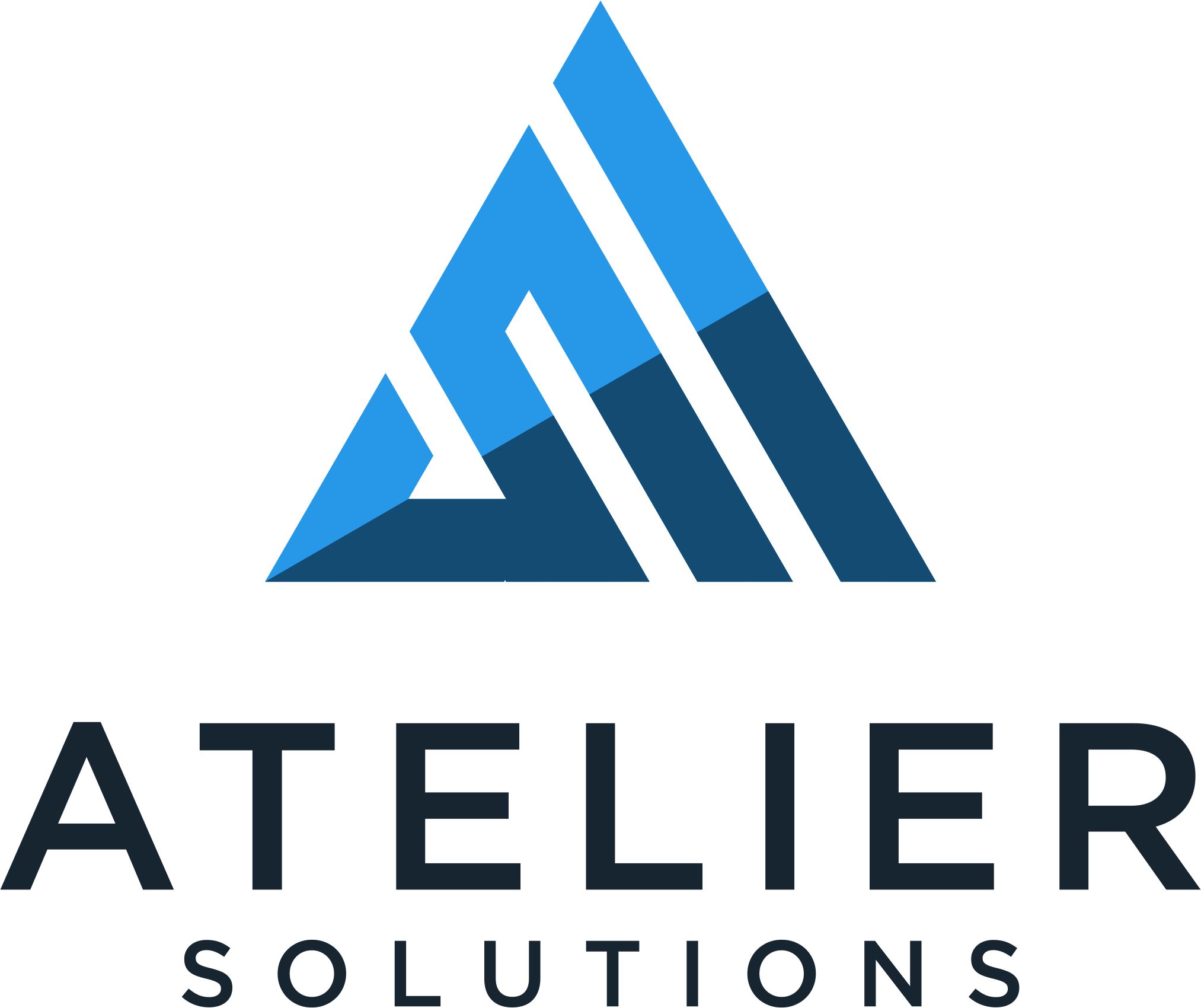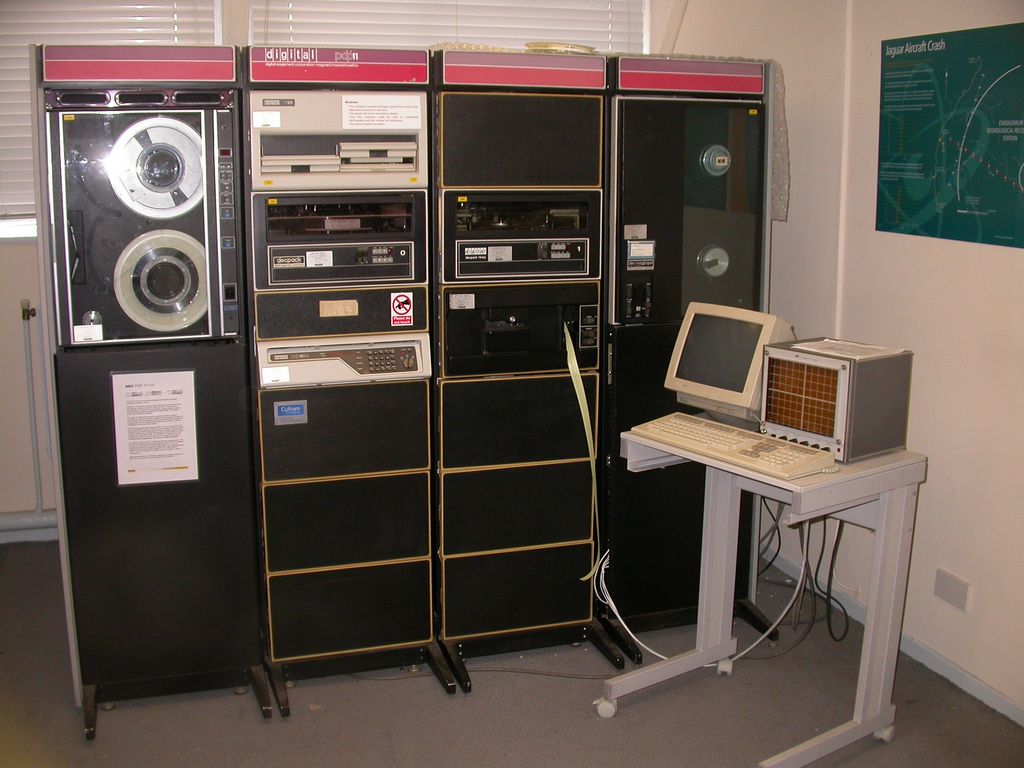A long time ago, I posed a question on Twitter on what it means for software to be considered legacy. Since then, I’ve been correlating the few responses with my experience helping others with their migrations, prior client interviews, and the numerous articles I’ve seen ranging from Gartner to the smaller consultancies. There are other companies such as MuleSoft ESB …
Microservice Consolidation
As a developer and architect, it can be very easy to get caught up on the latest fads. Especially when looking at what’s on HackerNews or coming out of Silicon Valley. Microservices and Serverless functions are the rage in software development patterns. Who wouldn’t want a small simple component that is compartamentalized and allows for isolated changes? Components that do …
KubeCon US 2020 Summary
Last week concluded an event that was to originally take place in Boston prior to the pandemic. However, while still being at home, the feel was fairly similar to a conference as far as the number of talks. In fact, the talk portion of the day had a feel of a conference. Some were live streamed with more Q&A done …
The Anti-Corruption Pattern and Legacy Migration Strategies
Wrapping up the posts on Legacy Migration Strategies, this article will focus on the Anti-Corruption Pattern. The anti-corruption pattern describes some custom code to interface between a legacy application and a new target application. The reason why the pattern is called anti-corruption, is due to the corruptive nature of new development being forced to conform to a pre-defined legacy interface. …
The Strangler Pattern and Legacy Migration Strategies
Following up on my previous post on Legacy Migration Strategies, I will be talking about the strangler pattern. At its core, the approach is to take your original application, and replace it piece-by-piece by “strangling” it to death with each new component. The biggest reason for architecting with this approach in mind is to minimize the impact of the transition …
Legacy Migration Strategies
What do you think of when you hear about a legacy system? A machine in a corner with a broom handle holding the power switch on because the switch slips to off when nobody’s looking, and they don’t want to be the person to remove it. Perhaps it is a user account management system that sits on a Sun Ultra …
Legacy Systems
I stumbled upon an article in the IEEE Spectrum this month that highlights the massive elephant that exists in the room of most organizations that have been around for a while. In fact, Spectrum dedicated their September 2020 print issue to this concern. And concern it is. From a business perspective, they were sold a complete turnkey system that they …
Hello Atelier Solutions
Initial post discussing the transition to Atelier Solutions.





